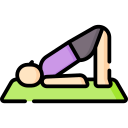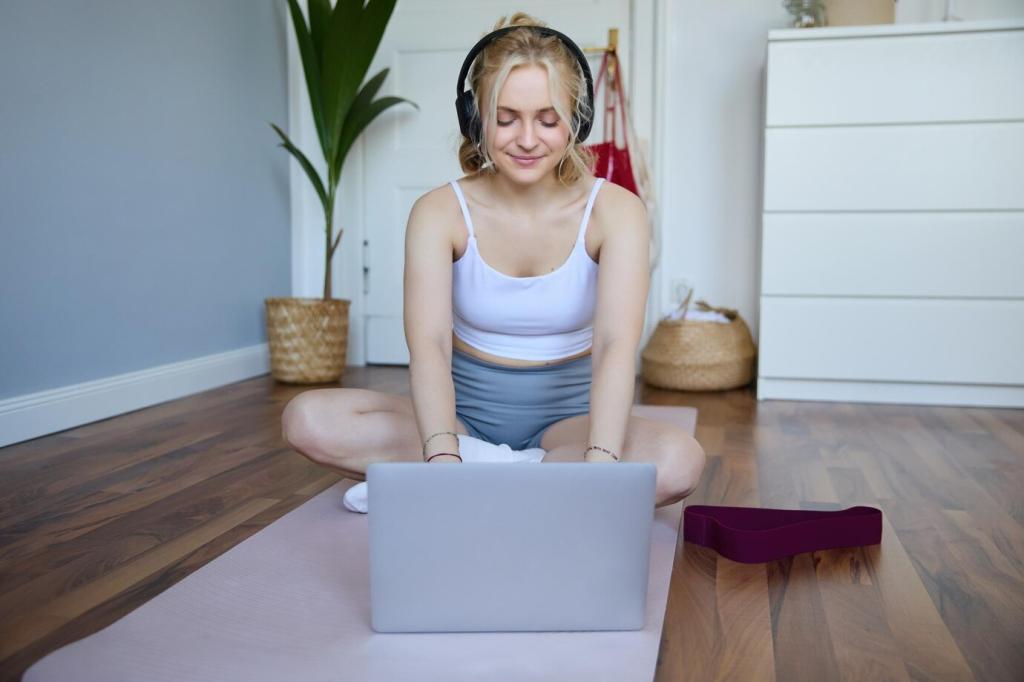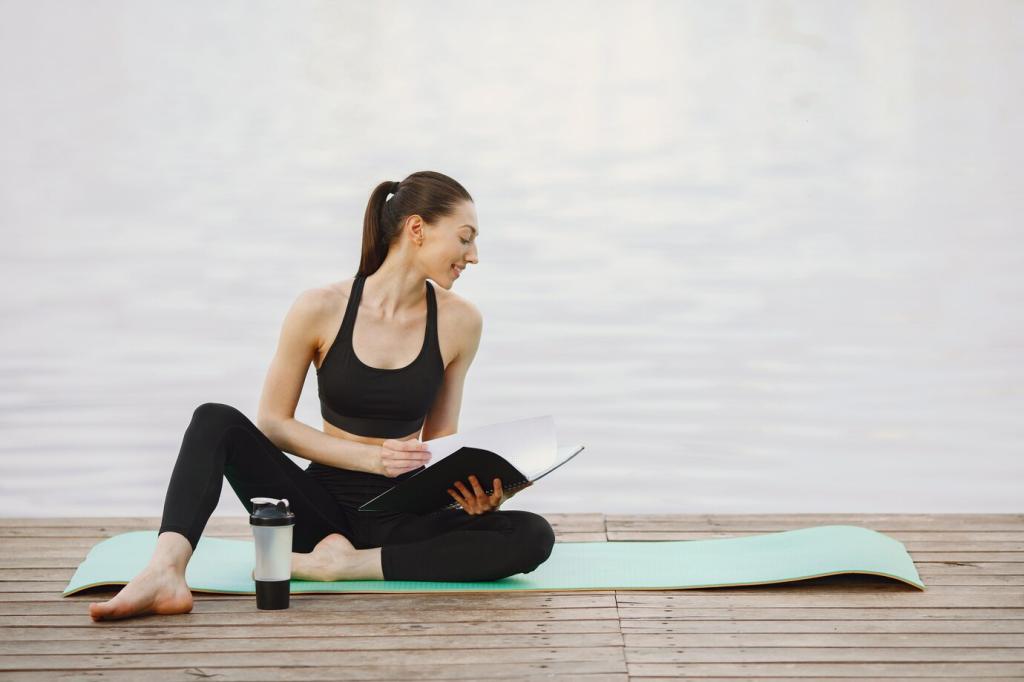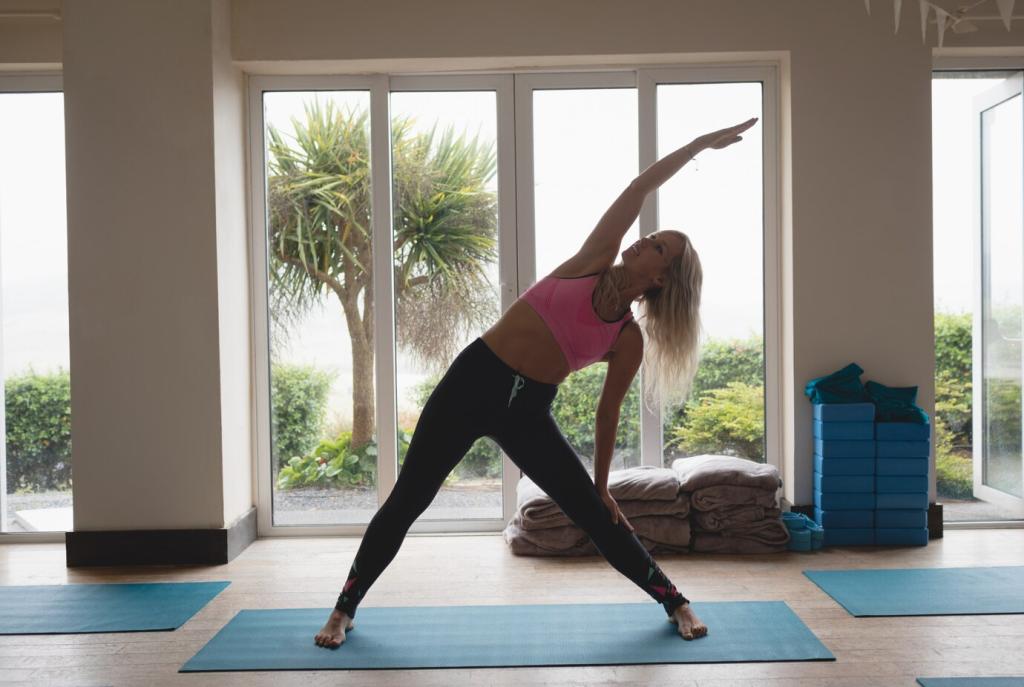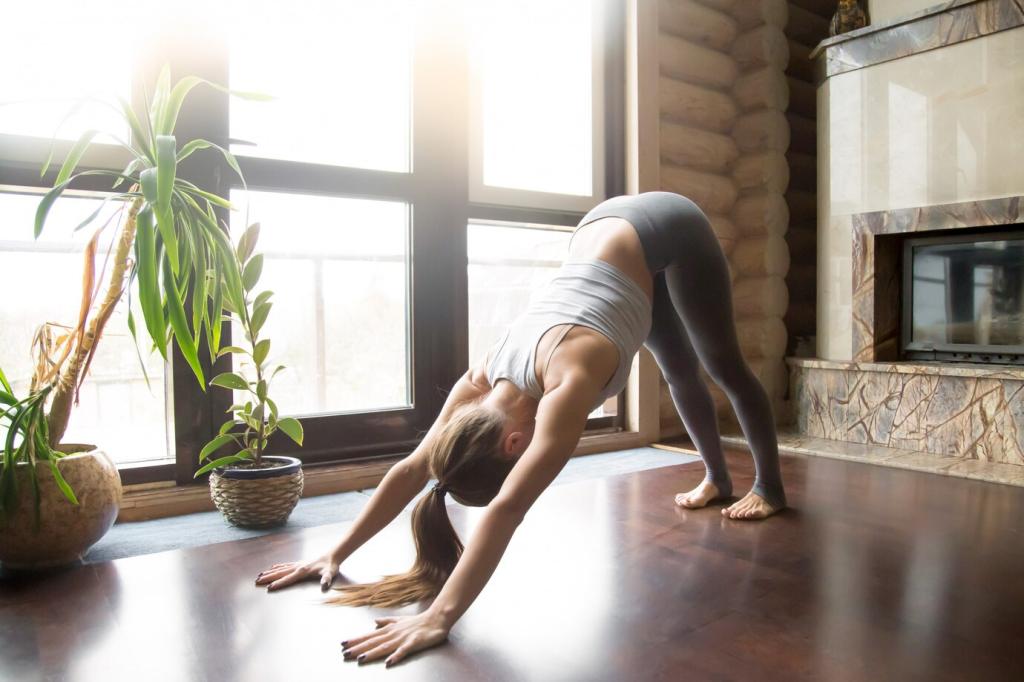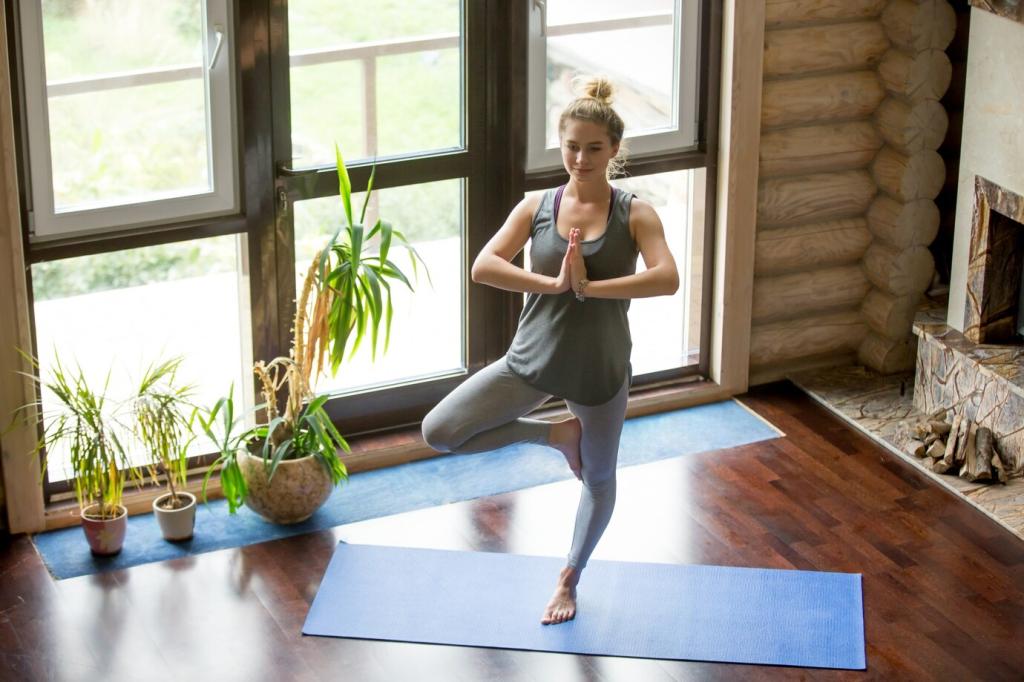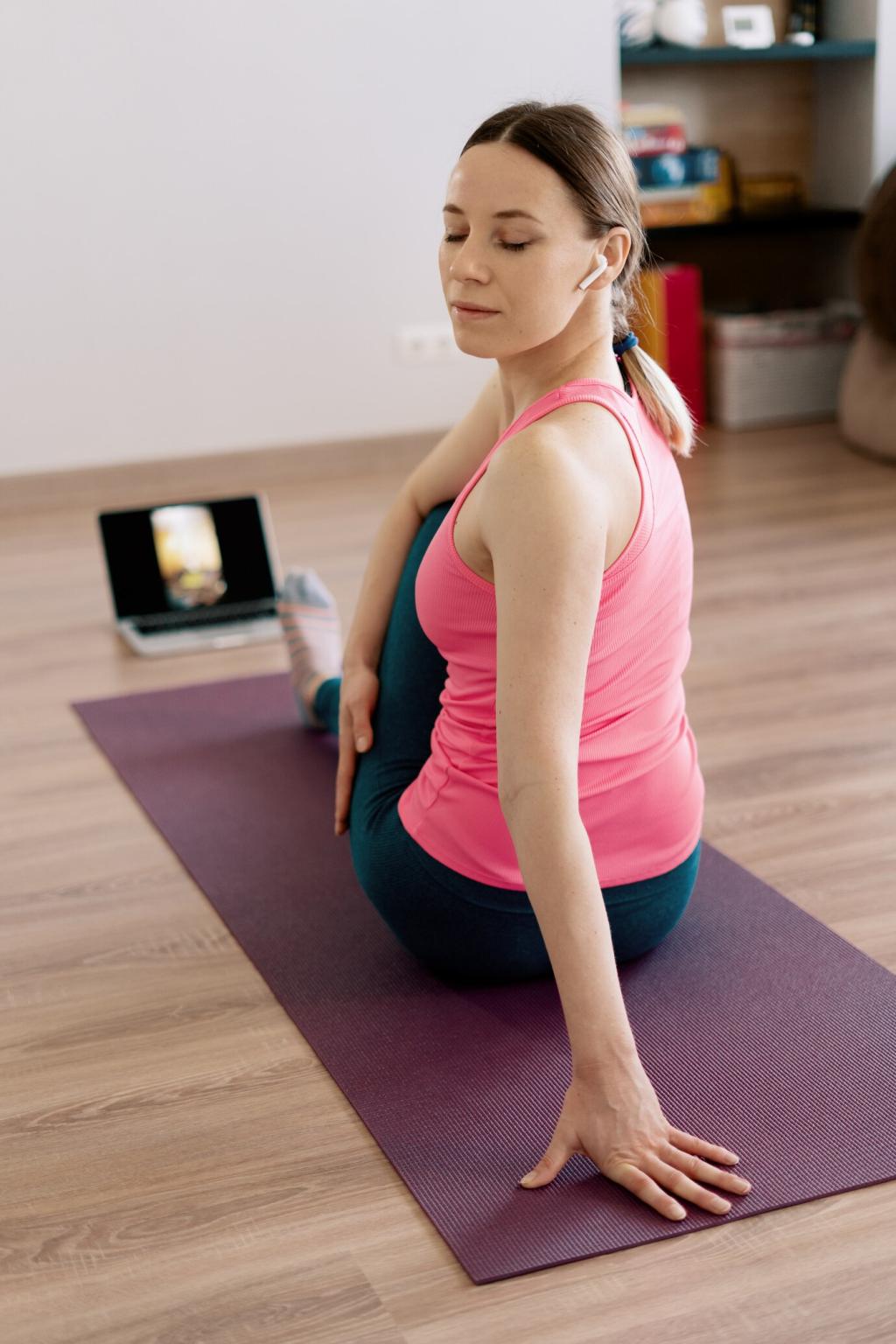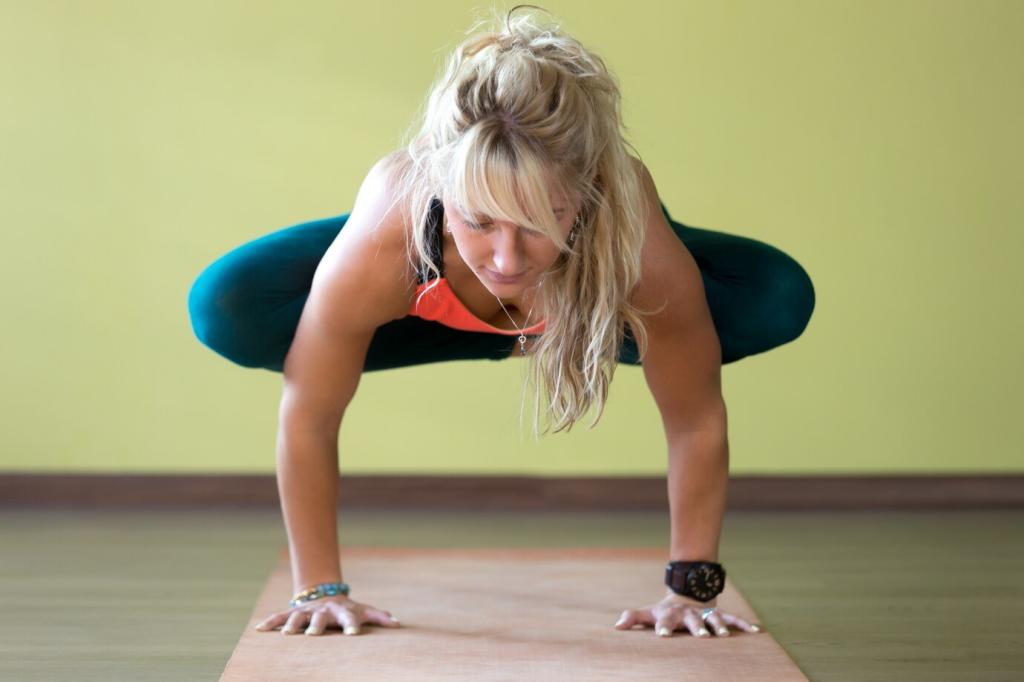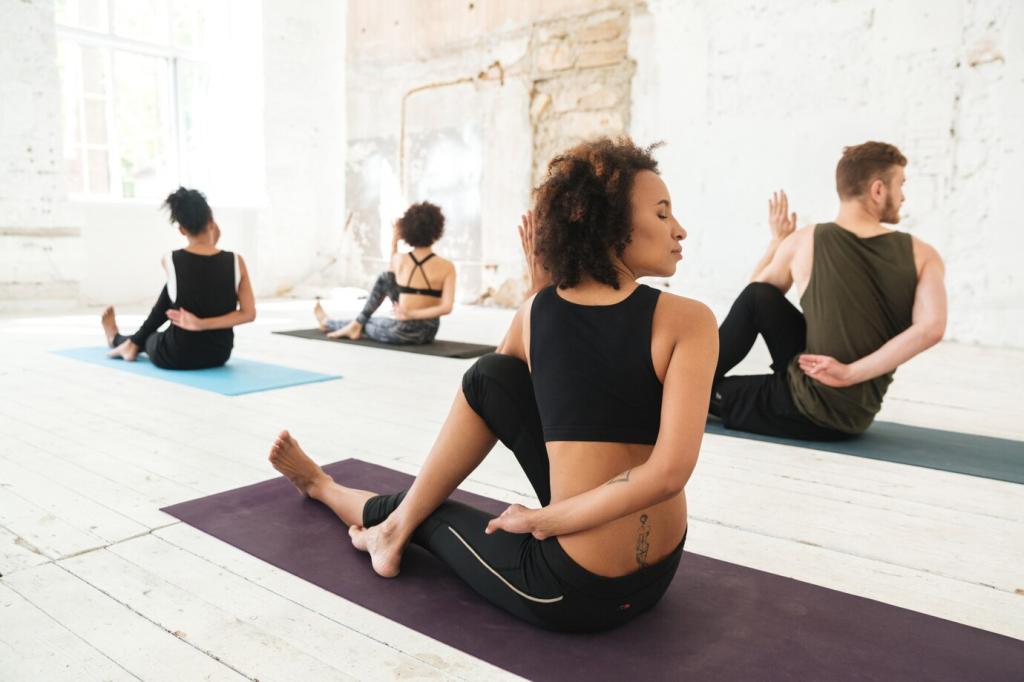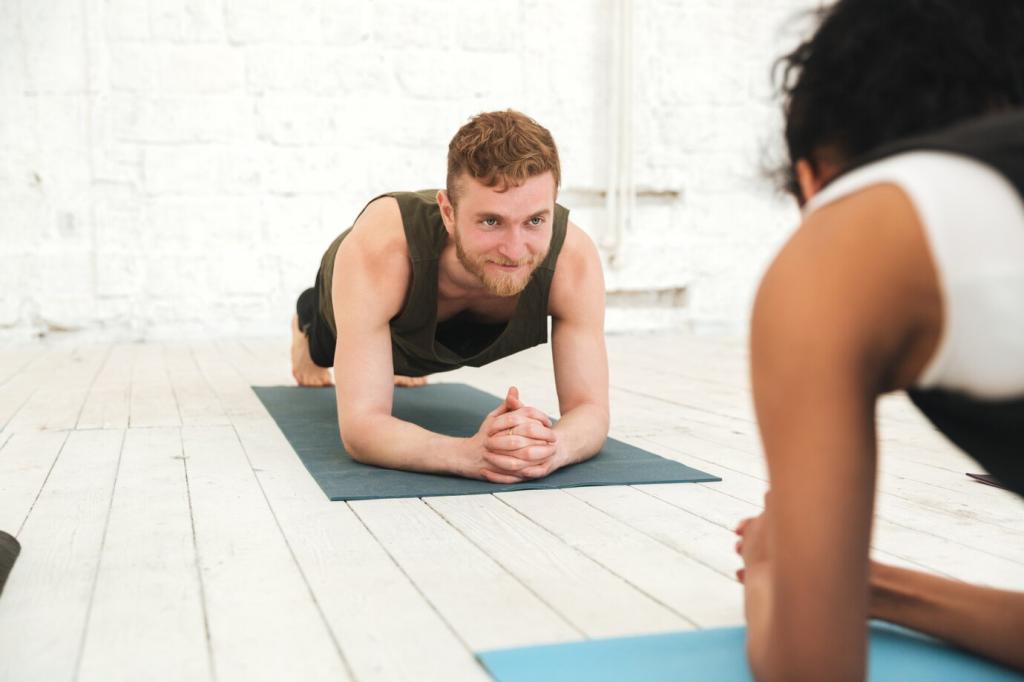Anatomy-Informed Modifications
Use fists or forearms to reduce wrist load. Cushion knees with blankets or double mats. Keep pelvis neutral in forward folds and avoid rounding under load to protect lumbar tissues and maintain integrity.
Anatomy-Informed Modifications
Cue strength before depth. Ask students to stop at first stretch sensation, then stabilize with active engagement. For hypermobility, emphasize muscular support and reduce end-range lingering to protect connective tissues.
